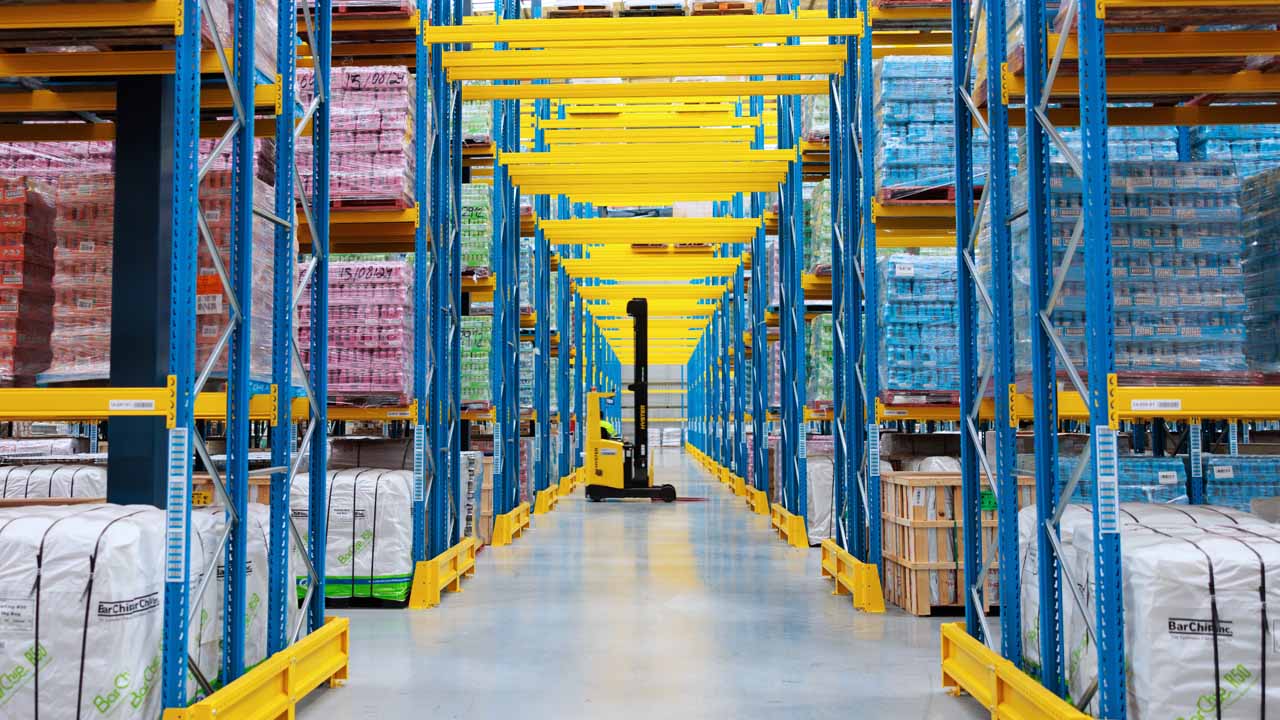Home | Logistics Services | 3PL
3PL warehousing Australia
3PL warehousing
3PL warehousing in Australia
For any Customer, whether it be a large ecommerce business to someone trying to get their company off the ground, customer satisfaction is of utmost importance and nothing makes a customer happier than getting what they ordered fast and intact.
Making sure this all happens seamlessly and cost effectively is the core of any business operation.
3PL warehouses in Australia
As your business expands, you have less time to manage your supply chain and both business complexities and costs start to impact your true focus – that being the sale of your product to Australian consumers.
Outsourcing your fulfilment requirements to BR International will create significant benefits for any business as it grows and faces more complex supply chain management and logistics challenges now and into the future.
BR International Logistics (BRi) is Australia owned and in operation since 1984.
Our BRi 3PL footprint extends through all of Australia (True fulfilment in every state).
Our purpose built customer 3PL warehouse solution delivers active streamlining of your supply, maximising customer value and providing a competitive advantage in the market-place.

Point of difference for our 3PL services
Our purpose built customer 3PL warehouse solution delivers active streamlining of your supply, maximising customer value and providing a competitive advantage in the market-place.
Our 3PL offering provides a proven and trusted extension of our customer’s fulfilment needs.
Our national 3PL warehouse services
Our Services include:
Transportation
BRi handles all transportation services (carrying customer inventory) from BRi 3PL warehouse location to our customers assigned delivery location including any and all return of stock.
Warehouse & distribution
BRi provides all fulfilment services such as (not limited to) storage, fulfilment, pick and pack, shipping and all returns.
Shipping
Returns
Whether the product is ordered in error, damaged or part of the overall shopping experience this process is undertaken by BRi.
Professional services and expertise
Our professional team works closely with all customers to ensure seamless fulfilment and delivery compliance. BRi uses the latest technology so our customers can monitor all inventory, review purpose built customer reports and have end to end product visibility.
Inventory management
Our BRi inventory management software allows for integration between your digital store fronts and your office locations. It provides a real time view of your inventory at any of the BRi facilities allowing you to plan and ensure product levels are maintained and flexible to consumer needs.
Business to business fulfilment
Let BRi manage both your business to business needs such as selling to Amazon, Target or other major Australian retail brands. Also allow BRi to help you to fulfil B2C requirements which can introduce you to the consumer directly.
Amazon fulfilment
BRi has a track record working with Amazon and we can alleviate a lot of challenges, reduce your costs and keep all of your customers happy.
Kitting and assembly
BRi is able to take on any number of product lines (SKU’s) to combine them into a single unit. Any special retail distribution or a specific customer promotion can be handled by all of the BRi locations.
Personalisation
Whether it’s inserting something special (personalised note) into the order and adding the personal touch for delivery for customer loyalty BRi is ready to act.
Postponement packaging
When the customers send both product and packaging separately our assembly team is ready to bring it all together.
Reverse logistics
BRi returns management program is an integral part of any customer e-commerce fulfilment program.
Our national 3PL warehouse locations
Warehousing and Distribution (all BRi locations)
BRi provides all fulfilment services such as (not limited to) storage, fulfilment, pick and pack, shipping and all returns at every BRi site.
Sydney, Australia
72 Grady Crescent, Erskine Park
22,500SQM facility
Allowing for 25,772 pallet locations for storage and distribution.
Melbourne, Australia
169 Australis Drive Derrimut Victoria 3030
30,000SQM facility
Allowing for 20,800 pallet locations for storage and distribution.
Brisbane, Australia
35 Paringa Road Murarrie QLD 4172
5,000SQM facility
Allowing for 3,500 pallet locations for storage and distribution.
Adelaide, Australia
72-78 Purling Avenue, Edinburgh Parks SA 5095
20,500SQM facility
Allowing for 15,700 pallet locations for storage and distribution.
Perth, Australia
21B Sheffield Rd, Welshpool WA 6106
5000SQM facility
Allowing for 3,500 pallet locations for storage and distribution.
Logistics and warehouse certificates
- HACC
- Export Registered Establishment
- Trusted Partner Program
- 77G Depot
- Quarantine Accredited (AQIS Department)
3PL warehousing FAQs
3PL Fulfilment is an outsourced solution provided by a specialised warehousing and delivery company that can provide storage, pick, pack and other purpose fit retail/consumer needs.
The simple difference between the two is that a 3PL handles your shipments and a 4PL handles your whole supply chain.
Charges, rates and fees will vary depending on what actual tasks are required. You can for example work on an hourly rate of est AUD 30-50 that simply covers the number of employees required to receipt, store and handle your goods. At BRi we have a number of cost models available including cost per unit as a way forward.
The immediate benefits in moving to BRi is that the client can have a purpose fit 3PL solution, specifically designed for client needs that also offers flexibility and scalability.
Yes, the BRi free of charge warehouse management program allows all customers to have a virtual warehouse experience.
BRi Services
With BRi’s global and local expertise, we can tailor our solutions to your business.